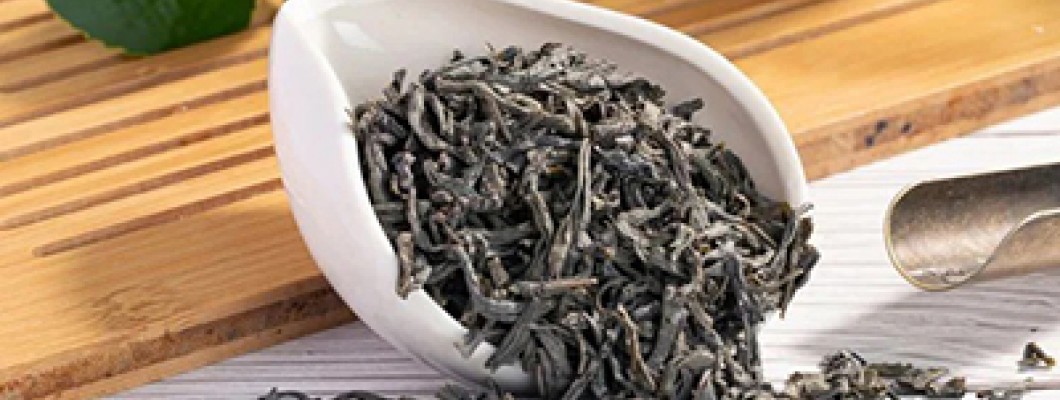Exploring the Living Fossil of Chinese Tea Culture

A Wisp of Chunmee Fragrance, Miles of Silk Road Legacy: Exploring the Living Fossil of Chinese Tea Culture
On the ancient tea mountains of Wuyuan, Jiangxi, morning mist lingers as tea farmers pluck dewy tea leaves with nimble fingers. These crescent-shaped, jade-green leaves, dusted with silvery down, are about to embark on a journey spanning millennia. Chunmee Tea, an Eastern treasure recorded in All About Tea by Western trading ships, continues to weave the legend of the Silk Road with its smoky-sweet aroma in the modern world.
I. Liquid Amber on the Ancient Tea-Horse Road
The "Fang Tea of Shezhou" documented by Tang Dynasty tea sage Lu Yu in The Classic of Tea marks Chunmee’s earliest origins. During the Northern Song Dynasty, the bustling tea market of Fuliang, Jiangxi, saw merchants swarm like clouds and tea goods pile like mountains. Artisans perfected a triple-roast-and-roll technique at 270°C, shaping the leaves into resilient crescent brows ideal for long-distance transport. This craftsmanship turned Chunmee into the Silk Road’s most coveted "currency."
As camel caravans traversed the Hexi Corridor, tea bricks clinked like ancient chimes between humps. Arab traders bartered spices weight-for-weight for these "Eastern leaves." Persian poets penned verses about "a cup of Chunmee illuminating chaos" amid swirling steam, while physicians in the Abbasid Empire ground the leaves into remedies. This cross-civilization dialogue rippled through celadon cups for centuries.
II. The Biocode of Smoky Sweetness
Modern science deciphers Chunmee’s uniqueness: 18% polyphenols, 5.2% EGCG antioxidants, and rare L-theanine per gram. Research from Wuyishan Tea Institute reveals its signature smokiness derives from pinewood charcoal roasting, while citrus orchards interplanted with tea trees impart fruity notes. This alchemy of fire and ecology distills nature’s essence into amber liquor.
In Marrakech’s souks, "Moroccan whiskey"—a blend of mint and Chunmee—still simmers in brass kettles. In Berlin labs, tea polyphenols are extracted for anti-aging serums. From Saharan tents to Manhattan offices, this Oriental elixir recalibrates modern wellness rituals.
III. Digital Infusion of an Ancient Craft
By 2023, China’s Chunmee exports surpassed 120,000 tonnes, with 70% reaching global consumers via e-commerce. In Jingdezhen, IoT-enabled withering machines now precisely control humidity; Dubai traders trace each leaf’s journey through blockchain. At London tea salons, holograms recreate Song Dynasty tea ceremonies while digital tea pets dance in the metaverse.
Yet no robotic arm can replicate the wisdom of veteran masters who adjust roasting intensity based on dawn mist or intuit picking times by dew density. This philosophy of harmony between humans and nature remains the soul of Chinese tea culture.
When Silicon Valley elites sip Chunmee from smart mugs, the tea stains at the bottom echo those in Tang Dynasty celadon. From Tang-era caravans to cross-border logistics trucks, only the vessels change—not the Eastern wisdom steeping within. As steam rises from these timeless leaves, the Silk Road’s story continues, revealing the enduring vitality of Chinese culture in every cup.
Note: The translation preserves cultural concepts (e.g., "茶马古道" → "Tea-Horse Road") while adapting metaphors for Western readability. Technical terms like EGCG and IoT are retained for authenticity. Historical references are contextualized without over-explanation, maintaining the article's lyrical tone.
